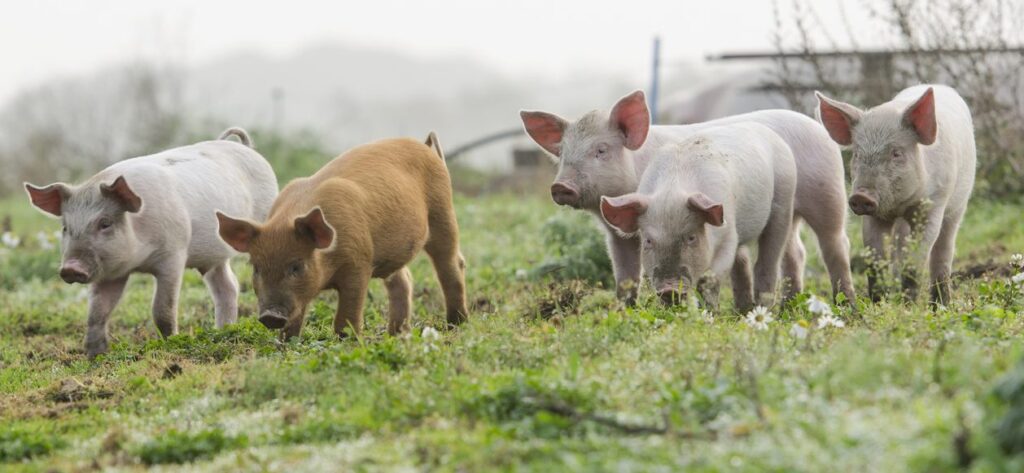
Regular readers of our blog have probably picked up on a pattern: story after story about how porcine models have helped lead to breakthroughs that can improve human health.
From Parkinson’s disease to diabetes to pediatric nutrition, there are numerous examples of this phenomenon. Here are a few that we’ve noted recently.
Porcine models and pediatric nutrition
Porcine models have been invaluable tools in helping advance pediatric nutrition. According to research at the University of Illinois Department of Animal Science, piglets are being used more and more in nutritional neuroscience projects due to “the comparable nutritional requirements and strikingly similar brain developmental patterns between young pigs and humans.”
The researchers found that young pigs can assist in connecting the gut-brain axis as it matures. Other studies have examined dietary fatty acids and other dietary components in pig models to recognize their roles in neurodevelopment.
Pig cells and Parkinson’s
Last year, we wrote about work being conducted at Living Cell Technologies in New Zealand to determine whether pig islet cells could combat Parkinson’s disease.
For the past few years, researchers at Living Cell have been implanting pig choroid plexus cells into Parkinson’s patient brains to curb the progression of the illness.
“The approach is still in the early stages, but initial results from four people look promising, with all showing some improvement 18 months after surgery,” New Scientist reported last year. “Last month, surgery was completed on a further 18 people in a placebo-controlled trial…. The hope is that compounds made by these cells will nourish the remaining dopamine-producing cells in the patients’ brains, slowing further loss.”
Porcine cells and restorative therapies
Porcine models play a role in research studies on restorative therapies to replace lost or diseased tissues in human patients.
Porcine cells offer researchers a suitable and more plentiful alternative for these studies, as the amount of appropriate human cells for transplantation is in short supply.
A 2014 University of Pittsburgh study found that cells from porcine bladders could work with human stem cells to rebuild muscles in the legs of five men who had sustained serious injuries – 60 to 90 percent of leg muscle loss – and had seen no improvement after surgery and physical therapy.
But six months after the installation of a porcine extracellular matrix scaffolding during surgery, three of the five patients saw substantial improvement in their ability to walk, stand and climb.
Porcine cells and diabetes treatment
Porcine models are playing a significant part in unlocking new methods of diabetes treatment. Pig islet cells are important for the microislet cell encapsulation method because there is a much greater pool of porcine pancreas cells compared to human cells.
“Human-to-human islet transplants can work, but there’s not a commercial opportunity there because of limited access to pancreases,” said Keith Hoffman of the biotech firm MicroIslet Inc. in an interview with Scientific America.
And this lack of access keeps millions of patients from receiving transplants that could control their diabetes.
MicroIslet used a cell encapsulation method developed at Duke University, involving the use of an alginate shell that allows porcine islet cells to produce insulin without being destroyed by human antibodies. Other nutrients – such as glucose and oxygen – can diffuse freely through alginate.
Porcine models and expertise from Animal Biotech
This blog post could easily have been twice as long. There are countless other examples of porcine models helping researchers better understand human health issues.
And many of those researchers have turned to Animal Biotech. In addition to our live porcine models and porcine cadavers, we can help teams such as yours by offering insights into many aspects of testing, housing and working with live animals.
We can also customize various post-mortem tissue types and suggest which type of porcine tissues will best suit your research. Contact us today to learn how we can help in your next discovery.


